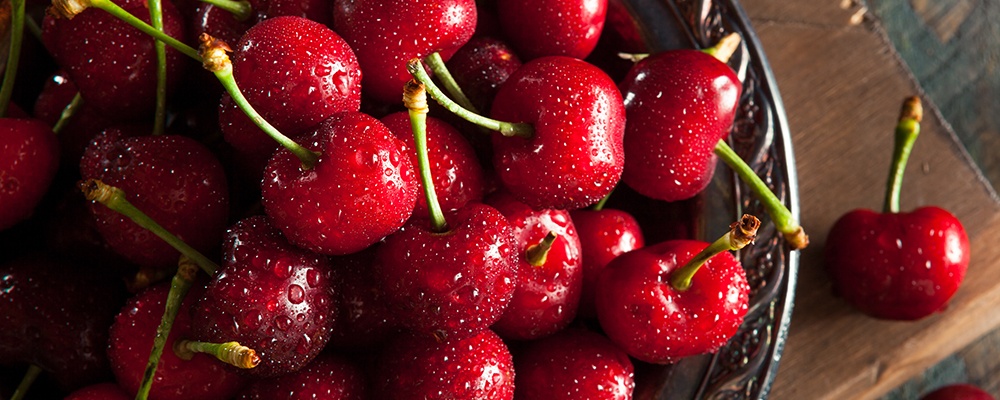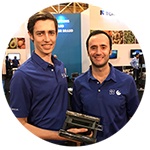
Clickea aqui para leer esto en Español
Last month, our team attended Global Cherry Summit in Chile to support the local industry and spend time with our valued customers. Not only was it a pleasure for the team to meet with the lovely Chilean people, see the beautiful country and spend time in such a wonderful place, they learnt more about the current market and its challenges.
The Chilean industry has grown significantly over the last 10  years – from about 40,000 tonnes to 180,000 tonnes of cherries. Chilean cherries are a special market; they can export just about anywhere. Chile exports many other commodities, like apples and citrus fruits, but the main difference between cherries and other Chilean commodities is that they go directly to consumers rather than to re-packers.
years – from about 40,000 tonnes to 180,000 tonnes of cherries. Chilean cherries are a special market; they can export just about anywhere. Chile exports many other commodities, like apples and citrus fruits, but the main difference between cherries and other Chilean commodities is that they go directly to consumers rather than to re-packers.
As an example of how many cherries Chile exports, about 70% of China’s winter cherries come from Chile. That’s about 230 companies exporting cherries from Chile to China, a very large number of different labels contributing to the Chile cherry brand.
However, this boom is putting increased pressure on the market and its resources, including the people and technology, within it. That’s why this Global Cherry Summit was especially crucial and beneficial to attend. Our team collaborated with experts outside the TOMRA, Compac and BBC family on how to meet future market demands, improve the Chilean cherry brand, all while continuing to grow the market by 20% per year.
Here’s the findings from our discussions:
CURRENT INDUSTRY CHALLENGES
- Packaging shifting to smaller packages for more frequent smaller purchases. E.g. 500g packs
- Retail rapidly shifting to online e.g. E-commerce expected to reach 20% of China fresh produce sales by 2020
- Occasional low-quality packs negatively impacting Chilean cherry brand
- Current packing capacity can’t handle production peak of Lapins in week 51 of busy years
- Packhouse labor becoming harder to find, keep and coordinate
HOW TECHNOLOGY CAN HELP
- Understanding more about every cherry to better optimize packs
- Full throughput regardless of quality swings to de-risk production peaks
- Consistent product quality to protect the Chilean cherry brand
- Decision support tools to optimize utilization of packhouse and staff
- Automation to increase current hourly packing from 40kg towards 100kg per person, and shift the bottleneck away from people
From packhouse to market: a case study in cherry efficiency from San Clemente, Chile.
We’ve taken our next step on this journey with the recent release of  Total View to let packhouse simultaneously see the whole surface of the cherry (for previously challenging defects like nose cracks) while maintaining full production speed (to de-risk the Lapin peak and maximize labor efficiency).
Total View to let packhouse simultaneously see the whole surface of the cherry (for previously challenging defects like nose cracks) while maintaining full production speed (to de-risk the Lapin peak and maximize labor efficiency).
With Compac and BBC coming together under TOMRA Food, we can offer optimized solutions for every cherry packer. We plan to work with our best-of-breed partners around the world to deliver these complete turnkey solutions.
For more information about the Global Cherry Summit or our cherry solutions for every cherry packer, please reach out. Also feel free to reach out if you have additional industry challenges to the ones mentioned above.



